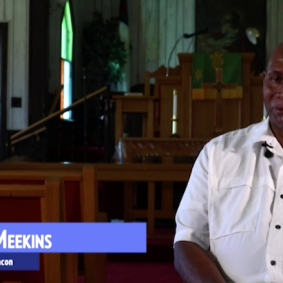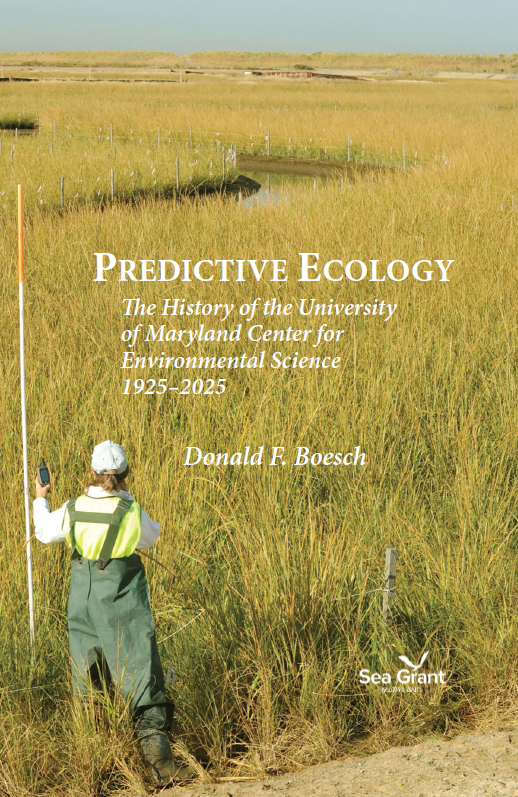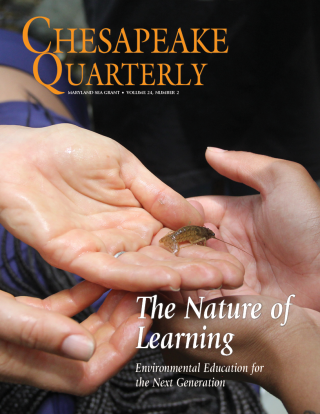Knauss legislative fellowships in Congress help build careers — and they're fun and educational. See our video and fact sheet for details.
Sea Grant film explores a diminishing Smithville

Smithville is a community on Maryland’s Eastern Shore, on the edge of the Blackwater National Wildlife Refuge. A century ago, Smithville had more than 100 residents. Today, it has four, in two homes: an elderly couple, and one elderly woman and her son, who cares for her. Many factors led to the near-abandonment of this town so rich in history it is now a stop on the Harriet Tubman Underground Railroad Tour. Canneries closed, jobs left, opportunities beckoned elsewhere. But crucial to the town’s demise is the marsh that is encroaching on the town’s church and on its cemetery, connection to its past.
When we decided to write about Smithville for our upcoming issue of Chesapeake Quarterly (out in January 2019), we knew it was a visual story — one that could be told again and again, in the Chesapeake Bay, the Gulf Coast, and in other low-lying areas. The climate is getting warmer, the oceans are expanding, and extreme weather is becoming the norm. The slow-moving encroachment of water, rather than severe storm-driven disasters, is hardest to address, according to emergency managers in Dorchester County. And those who watch their lands disappear, and feel powerless to stop it, don’t often have an opportunity to tell their stories. The slow, inland march of marsh is far less dramatic than a hurricane or flood.
We thought a film could help tell the story from the perspective of Smithville residents, the county officials who want to help them but lack the resources, and the anthropologists from the University of Maryland who are studying their shifting attitudes about climate change. Two interns came to the film project from Morgan State University, where they studied multi-platform production. Wyman Jones, Jr., is a senior at Morgan State; Jalysa Mayo graduated last year. Both make documentaries. Sea Grant science editor and writer Rona Kobell executive-produced the film, choosing the interview subjects and writing and asking the questions. Our graphic designer and photographer, Nicole Lehming, assisted with some of the visuals.
Our film, Smithville, is available to watch on Maryland Sea Grant’s YouTube channel. We’d like to thank the people of New Revived Church and local government officials for their time and generosity.
Our next issue of Chesapeake Quarterly will not just focus on Smithville, but on marshes in general, how they move, how we measure them, and their importance in the Chesapeake Bay. It will also feature our latest photographs of the Bay’s marshes, as well as infographics that show the diverse plants and animals that depend on it. We will put out a release here when it’s out.
— Rona Kobell and Nicole Lehming, Chesapeake Quarterly




